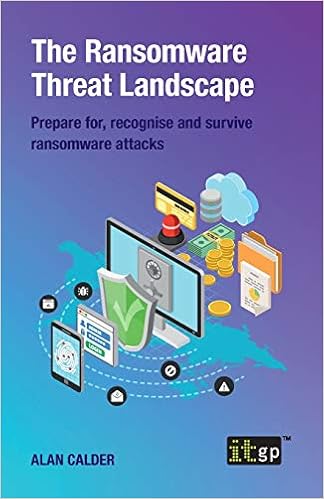In the private sector, hackers and cybercriminals are prone to leaving organizations with good security infrastructures alone. Because they often go after low-hanging fruit, hacking into a well-protected network is perceived as more trouble than it’s worth.
But the public sector is a different matter entirely. The government and government agencies have access to assets and data that criminals would love to get their hands on, even with the added trouble. So, even though the public sector is well protected, it will not stop cybercriminals from attempting to break in.
The top cybersecurity threats for the public sector are as follows.
Phishing
An IRONSCALES survey published in October 2021 shows over 80% of respondents experienced an increase in email phishing attacks since the start of the pandemic.
Phishing involves the utilization of legitimate-looking emails to steal the login credentials or other sensitive information of a target organization. While it’s just as much a risk for small and medium-sized businesses, in the public sector, phishing attacks could potentially be nation-state sponsored, making it a possible double whammy.
While taking advantage of the latest and greatest software to protect yourself from top cybersecurity threats is par for the course, what makes phishing so pernicious is that it relies on human error. With phishing emails looking more authentic than ever, they are harder to catch.
Distributed Denial of Service (DDoS) Attacks
A recent report says ransom DDoS attacks increased 29% year over year and 175% quarter over quarter in quarter four of 2021. Some of the biggest targets were the public sector, schools, travel organizations, and credit unions.
DDoS attacks are known to bring down some of the largest websites and are quite difficult to prevent. They are considered by some to be the most “powerful weapon” on the internet, easily making DDoS attacks one of the top cyber security threats to the government.
DDoS attacks can happen at any time, affect any part of a website, and disrupt and interrupt services, usually leading to massive financial damage.
Nation-State Sponsored Cyber Attacks
With mainstream media daily broadcasting events as they are occurring to every channel imaginable (cable TV, smartphones, social media, etc.) cyber warfare has become an increasingly common way to launch disinformation campaigns, perform cyber espionage or terrorism, and even cyber-sabotage targets.
Nation-state-sponsored cyber attacks aim to
- Hinder communication
- Gather intelligence
- Steal intellectual property
- Damage to digital and physical infrastructure
They are even used for financial gain.
Though cyber attacks are sometimes used in tandem with real life attacks, what makes cyber warfare especially challenging is that it happens virtually and often covertly. There usually isn’t any declaration of war. That makes it difficult to prove who is responsible for the attack.
Ransomware
Ransomware attacks may not be an emerging trend by any means. They may not even be anything new. But they do have a history of wreaking havoc on the public sector and therefore need to be taken seriously.
Rewind to 2019 when the U.S. was hit by an unrelenting barrage of ransomware attacks that ultimately affected at least 966 government agencies, educational establishments, and healthcare providers to $7.5 billion (Emsisoft).
These attacks resulted in 911 services being interrupted, surveillance systems going offline, badge scanners and building access systems not working, websites going down, extended tax payment deadlines, and much more.
The threat of ransomware attacks still looms today and is no less a concern in 2022 than they were in 2019. As far as cyber security threats to the government are concerned, ransomware attacks should be kept on the cybersecurity radar.
What The Public Sector Can Do to Stay Ahead?
Beyond taking full advantage of the latest tech, for the public sector to stay ahead of cyber security in the public sector, you have to create a culture of cybersecurity within your organizations, offering ongoing training to their teams.
You need to secure all infrastructure, including cloud, mobile, and Internet of Things (IoT). You also want to improve compromise detection and be fully prepared for any attack. Plans should be documented and practiced regularly, so detection and response are immediate.






















![Cybersecurity for Small and Midsize Businesses by [Marlon Bermudez]](https://m.media-amazon.com/images/I/517vkrt898L.jpg)


![Cobalt Strike, a Defender’s Guide (The DFIR Report's 2021 Intrusions) by [The DFIR Report]](https://m.media-amazon.com/images/I/41wnjq4jKAL.jpg)







